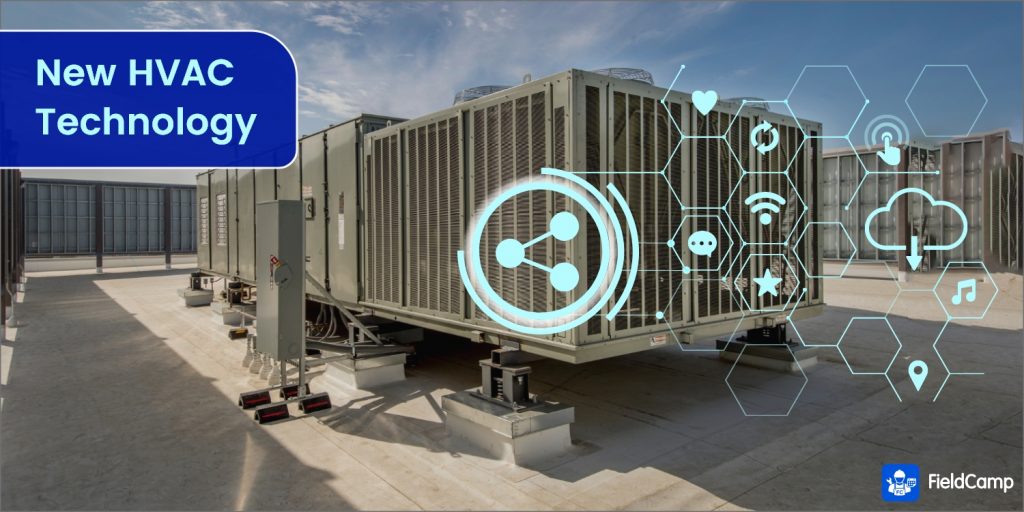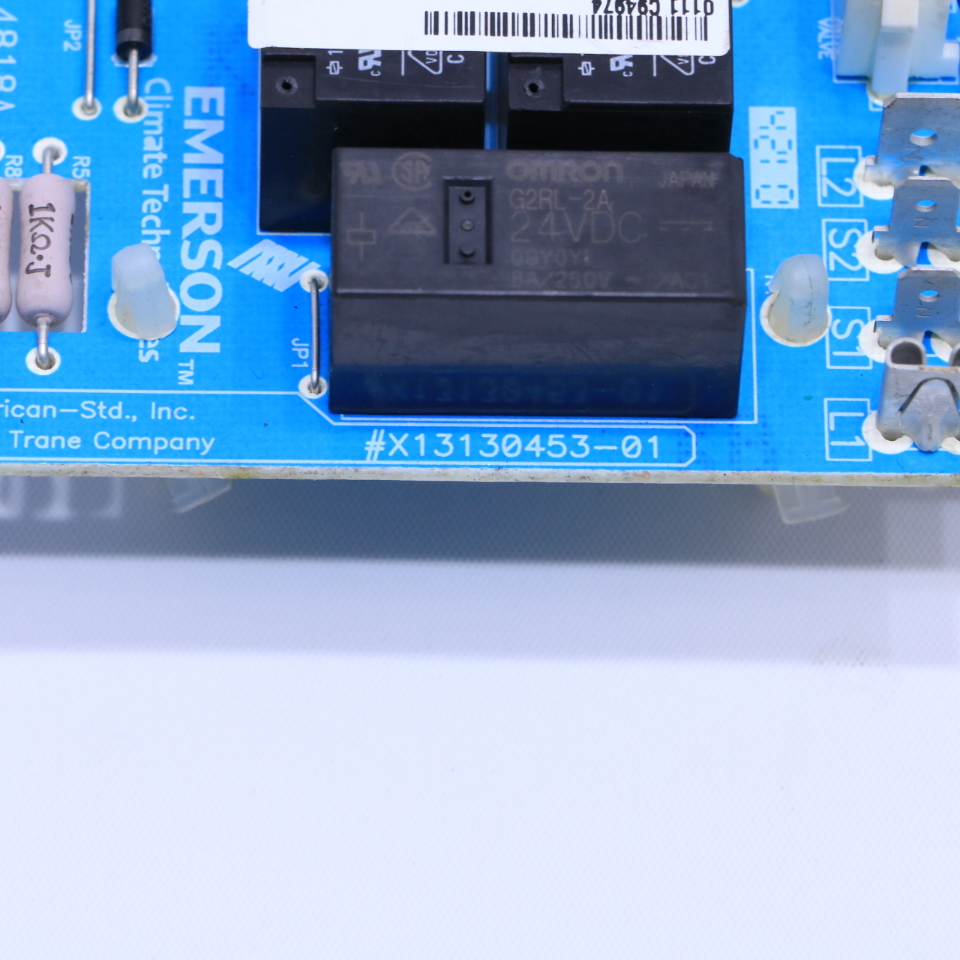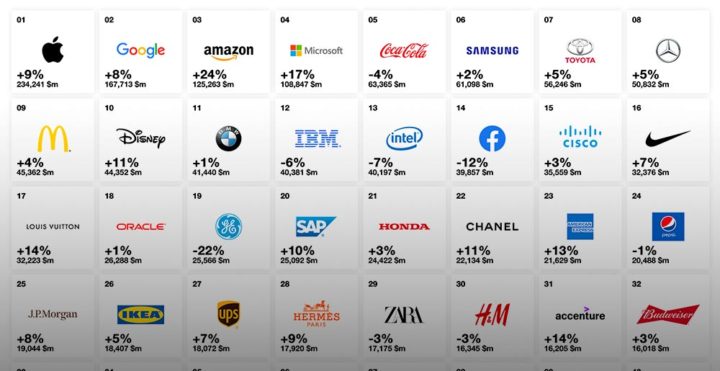New HVAC Technology: Transforming Buildings for Efficiency and Comfort
New HVAC technology is revolutionizing the way we heat, cool, and ventilate our buildings, ushering in an era of greater energy efficiency, improved comfort, and enhanced sustainability. Gone are the […]

New HVAC technology is revolutionizing the way we heat, cool, and ventilate our buildings, ushering in an era of greater energy efficiency, improved comfort, and enhanced sustainability. Gone are the days of bulky, inefficient systems that consume vast amounts of energy and contribute to environmental concerns. Today, advanced technologies are empowering us to create healthier, more comfortable, and environmentally responsible indoor spaces.
This new wave of HVAC innovation encompasses a range of technologies, from variable-speed motors that optimize energy consumption to smart thermostats that learn our preferences and adjust accordingly. We are also witnessing the rise of integrated systems that seamlessly connect with building automation, enabling remote control, predictive maintenance, and data-driven insights. The integration of renewable energy sources, such as solar and geothermal, is further pushing the boundaries of sustainability, reducing our reliance on fossil fuels and minimizing our carbon footprint.
Introduction: New Hvac Technology
HVAC systems play a crucial role in modern buildings, ensuring comfortable and healthy indoor environments for occupants. They control temperature, humidity, and air quality, contributing significantly to overall well-being and productivity. However, traditional HVAC technologies face several challenges, including high energy consumption, limited efficiency, and environmental impact.
The emergence of new HVAC technology presents a promising solution to these challenges, offering significant improvements in energy efficiency, environmental sustainability, and overall system performance.
The Importance of HVAC Systems
HVAC systems are essential components of modern buildings, providing numerous benefits to occupants and the environment.
- Thermal Comfort: HVAC systems maintain optimal indoor temperatures, ensuring a comfortable and productive environment for occupants. This is crucial for residential, commercial, and industrial buildings, as it directly impacts well-being and performance.
- Air Quality Control: HVAC systems filter and purify air, removing pollutants, allergens, and other contaminants. This is essential for maintaining healthy indoor environments, especially in densely populated areas or buildings with high occupancy.
- Energy Efficiency: Modern HVAC systems are designed to optimize energy consumption, reducing operating costs and minimizing environmental impact. This is particularly important in the context of rising energy prices and concerns about climate change.
Challenges Faced by Traditional HVAC Technologies, New hvac technology
Traditional HVAC technologies have several limitations that hinder their effectiveness and sustainability.
- High Energy Consumption: Traditional HVAC systems often consume significant amounts of energy, contributing to high operating costs and environmental impact.
- Limited Efficiency: Traditional HVAC systems can be inefficient, resulting in energy waste and reduced comfort levels. This can lead to higher energy bills and reduced occupant satisfaction.
- Environmental Impact: Traditional HVAC systems can release greenhouse gases and other pollutants into the atmosphere, contributing to climate change and air pollution.
Introduction to New HVAC Technology
New HVAC technology encompasses innovative solutions that address the challenges of traditional systems. These advancements focus on improving energy efficiency, reducing environmental impact, and enhancing overall system performance.
Key features of new HVAC technology include:
- Variable-Speed Motors: These motors adjust their speed based on demand, optimizing energy consumption and reducing noise levels.
- Smart Controls: Advanced control systems enable remote monitoring and optimization of HVAC systems, allowing for real-time adjustments based on occupancy, weather conditions, and other factors.
- Renewable Energy Integration: New HVAC systems can be integrated with renewable energy sources, such as solar panels or geothermal systems, further reducing energy consumption and environmental impact.
Energy Efficiency Advancements
Energy efficiency is paramount in modern HVAC systems, as it directly impacts energy consumption and operating costs. By implementing innovative technologies, HVAC systems can significantly reduce their environmental footprint while providing optimal comfort and performance.
Variable-Speed Motors
Variable-speed motors, also known as ECM (Electronically Commutated Motors), are a significant advancement in HVAC energy efficiency. These motors adjust their speed based on the system’s demand, reducing energy consumption during periods of low cooling or heating requirements. Unlike traditional fixed-speed motors that run at a constant speed, ECM motors can operate at varying speeds, ensuring optimal performance while minimizing energy waste.
Smart Thermostats
Smart thermostats have revolutionized home comfort and energy efficiency. These devices use advanced algorithms and sensors to learn user preferences and adjust temperature settings accordingly. Smart thermostats can automatically optimize HVAC system operation, reducing energy consumption by up to 30%.
- They can program temperature schedules based on occupancy patterns, automatically adjusting the temperature when the house is empty or when residents are asleep.
- They can integrate with other smart home devices, allowing for seamless control and automation of HVAC systems.
- They can provide real-time energy usage data, allowing homeowners to monitor their energy consumption and identify potential areas for improvement.
Demand-Controlled Ventilation
Demand-controlled ventilation (DCV) systems use sensors to monitor air quality and adjust ventilation rates accordingly. This technology optimizes ventilation based on actual needs, minimizing energy waste associated with excessive ventilation.
- DCV systems can detect changes in carbon dioxide levels, humidity, and other air quality parameters.
- They adjust ventilation rates to maintain optimal air quality while minimizing energy consumption.
- DCV systems are particularly beneficial in buildings with fluctuating occupancy levels, as they can adapt ventilation rates based on the number of people present.
Renewable Energy Integration
The integration of renewable energy sources into HVAC systems is becoming increasingly common, offering a sustainable and cost-effective approach to heating and cooling. By harnessing the power of the sun, earth, and wind, these systems reduce reliance on fossil fuels and minimize environmental impact.
Solar Energy Integration
Solar energy, a readily available and abundant resource, can be effectively harnessed to power HVAC systems. Solar panels convert sunlight into electricity, which can be used to run air conditioners, heat pumps, and other heating and cooling equipment.
- Photovoltaic (PV) Systems: PV panels directly convert sunlight into electricity, which can be used to power HVAC systems. This approach is particularly effective for residential and commercial buildings with significant roof space.
- Solar Thermal Systems: Solar thermal systems use sunlight to heat water or air, which can then be used for space heating or domestic hot water. This technology is well-suited for applications where hot water is required, such as in hotels, hospitals, and industrial facilities.
The benefits of solar energy integration include reduced energy costs, lower carbon emissions, and increased energy independence.
Geothermal Energy Integration
Geothermal energy harnesses the heat from the earth’s interior to provide heating and cooling. This technology is particularly effective in regions with high geothermal activity, such as volcanic areas.
- Ground-Source Heat Pumps: Ground-source heat pumps utilize the stable temperature of the earth to provide heating and cooling. They transfer heat from the ground during the winter and to the ground during the summer, resulting in significant energy savings.
- Geothermal Power Plants: Geothermal power plants generate electricity from geothermal energy. This technology is primarily used for large-scale power generation, but it can also be integrated into HVAC systems to provide heating and cooling.
Geothermal energy integration offers several advantages, including high energy efficiency, reduced greenhouse gas emissions, and reliable energy supply.
Examples of Successful Implementations
Numerous successful implementations of renewable energy integration in HVAC systems demonstrate the effectiveness and sustainability of this approach.
- The University of California, Berkeley: The university has installed a large-scale solar PV system that powers its HVAC systems, reducing its carbon footprint and energy costs.
- The Hyatt Regency Chicago: The hotel has implemented a geothermal system that provides heating and cooling for its guest rooms and public spaces, resulting in significant energy savings and reduced environmental impact.
These examples highlight the potential of renewable energy integration to transform the HVAC industry and contribute to a more sustainable future.
Air Quality and Health

The quality of the air we breathe indoors significantly impacts our health and well-being. Indoor air quality (IAQ) can be affected by various factors, including pollutants from building materials, furniture, cleaning products, and human activities. Poor IAQ can lead to various health problems, ranging from minor irritations to serious respiratory illnesses.
Modern HVAC technologies are increasingly focused on improving IAQ and promoting a healthier indoor environment.
Air Purifiers
Air purifiers are devices designed to remove airborne contaminants, such as dust, pollen, pet dander, mold spores, and volatile organic compounds (VOCs). They utilize various filtration technologies, including HEPA filters, activated carbon filters, and UV light.
HEPA filters, for instance, are highly effective in capturing particles as small as 0.3 microns, including those associated with allergens and viruses. Activated carbon filters excel at removing odors and gases, while UV light technology can inactivate viruses and bacteria.
Concluding Remarks
As we continue to push the boundaries of innovation, the future of HVAC technology holds immense promise. Emerging trends like artificial intelligence, advanced materials, and innovative cooling technologies are poised to revolutionize the industry, creating even more efficient, sustainable, and comfortable indoor environments. By embracing these advancements, we can build a future where buildings are not only energy-efficient but also contribute to a healthier and more sustainable planet.
New HVAC technology is constantly evolving, with innovations like smart thermostats and energy-efficient cooling systems. These advancements often rely on sophisticated materials, including those with special coatings. For example, electronic coating technologies, like those found at smartorders.ca , can improve the durability and performance of HVAC components.
This is just one way that electronic coating technologies are playing a crucial role in shaping the future of HVAC.





